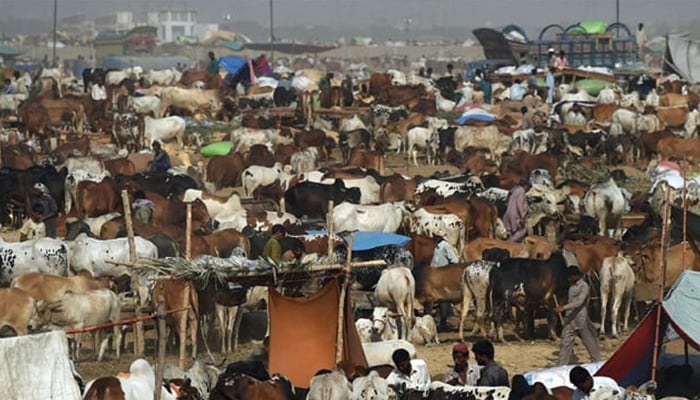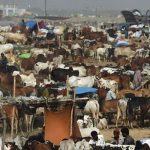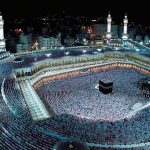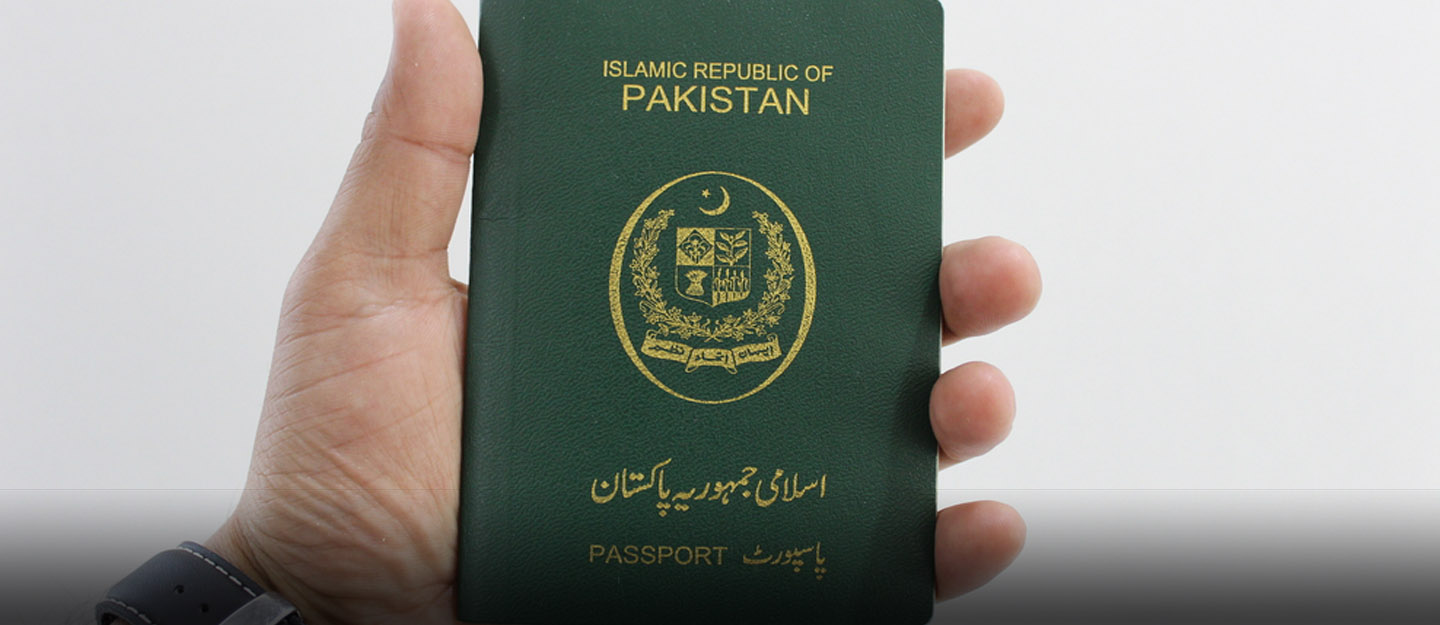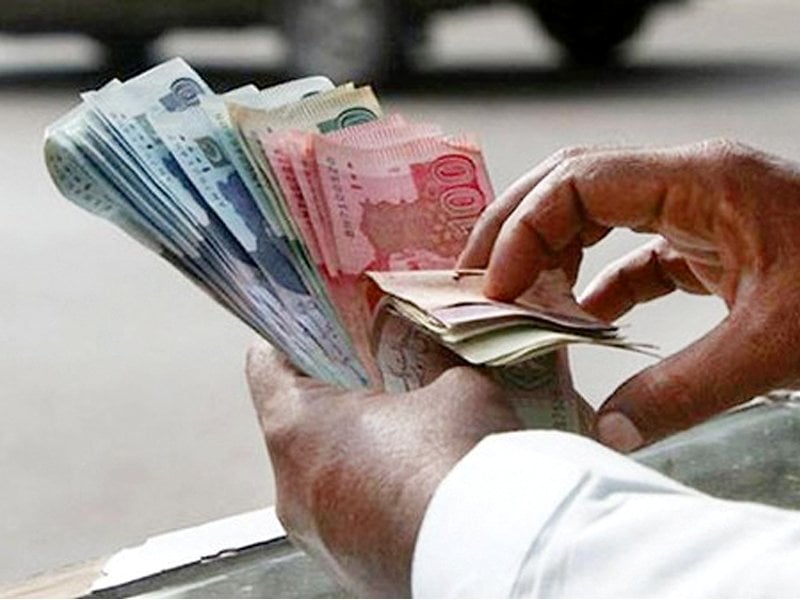Karachi Hosts Asia’s Largest Cattle Market
Karachi hosts Asia’s largest cattle market on the outskirts near the Northern Bypass. The market opens ahead of Eid-ul-Adha 2025 as a major trade hub.
This market spans around 1,200 acres, hosting hundreds of thousands of animals. Traders and buyers from across Pakistan converge here.
Market Inauguration & Preparations
Karachi’s Mayor Murtaza Wahab officially inaugurated this cattle market earlier this year. He vowed support for traders and buyers.
The market infrastructure began to take shape weeks before the opening. Gates, stalls, security posts, and animal sheds came up quickly.
Officials reduced gate pass fees and set up checkpoints to ease traffic.
Scale, Trade Volume & Animal Arrivals
By early days, over 250,000 animals had arrived. Organizers expect the number to reach 300,000 during peak days.
Trade at Northern Bypass alone may surpass Rs 38 billion during the season.
In 2024, over 600,000 animals sold across markets countrywide. Karachi’s cattle exchange generated Rs 8–9 billion in trade.
Economic, Cultural & Social Impact
This cattle market plays both religious and economic roles. It fuels rural incomes, urban commerce, and spiritual practice.
Livestock traders from Punjab, Sindh, Balochistan, and Khyber Pakhtunkhwa bring animals by road, trailer, even on foot.
The annual market gives farmers liquidity. They use earnings to pay debts, invest in agriculture, or support families.
Temporary stalls for tea, food, mobile services, tenting, and decoration emerge across the market. They employ thousands seasonally.
Price Trends, Challenges & Buyer Sentiment
High inflation and rising input costs pushed animal prices steeply. In Sohrab Goth, average cattle rates rose by nearly 94%.
Some buyers delayed purchases or avoided markets due to cost. But religious obligation drove many to commit regardless.
Market administrators emphasize bargaining over fixed pricing. A few standout deals hit Rs 17.5 million for prized animals.
Some traders blamed low footfall on steep transportation and feed costs.
Facilities, Organization & Oversight
Officials divided the market into regional blocks (Sindh, Punjab, KP, etc.) to streamline trade.
They installed ATMs, banking kiosks, veterinary services, and clean water points inside the market. Gate passes are issued via digital forms.
Security includes over 20 checkpoints along major approach routes. Surveillance and patrolling remain active.
To reduce traffic chaos, the city deployed traffic police and alternate routes for vehicles.
Religious & Cultural Significance
Eid-ul-Adha holds deep spiritual importance. Muslims slaughter animals to commemorate Prophet Ibrahim’s willingness to sacrifice.
This market supports that religious practice. People travel long distances to find ideal sacrificial animals.
For many families, the purchase is symbolic. It connects rural traditions to urban life.
Outlook & Risks
With peak trade approaching, traffic, logistics, and crowd management pose risks. Organizers must stay agile.
Delays in transport, weather disruptions, or health emergencies could disturb trade flow.
Sustainability concerns—animal welfare, waste management, and resource use—require attention.
But if markets perform well, Karachi’s status as Asia’s livestock hub strengthens.
Conclusion
By hosting Asia’s largest cattle market, Karachi underscores its role in religious, cultural, and economic life in Pakistan. Traders, buyers, and spiritual participants converge here annually.
As Karachi hosts Asia’s largest cattle market, the city blends commerce, tradition, and faith on a grand scale. Amid challenges, this market remains an enduring symbol of Pakistan’s Eid spirit and market resilience.



